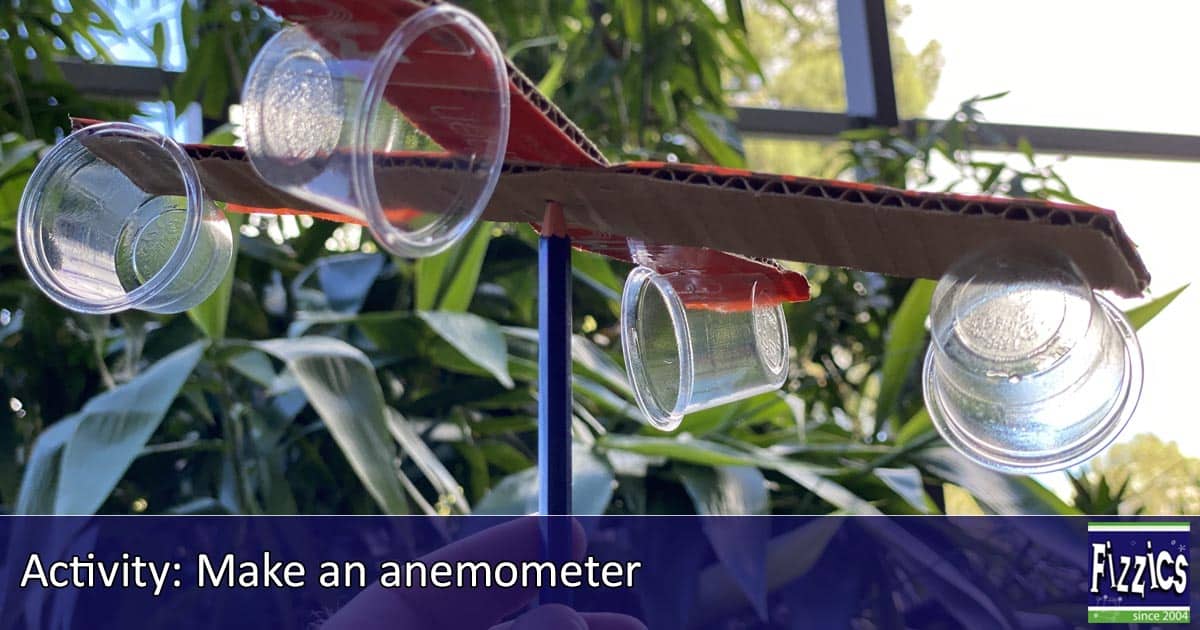The Duty of an Anemometer in Improving Safety And Security for Outdoor Activities
The Duty of an Anemometer in Improving Safety And Security for Outdoor Activities
Blog Article
Discovering the Features and Advantages of Anemometers for Weather Condition Fanatics and Experts
From cup anemometers to sonic anemometers, each type brings its distinct collection of applications and advantages, losing light on numerous elements of atmospheric conditions. As we delve into the functions and advantages of anemometers, a much deeper understanding emerges not just of dominating climate sensations yet likewise of the wider effects for fields like wind energy manufacturing and ecological research study.
Significance of Anemometers in Weather Tracking
Anemometers play a crucial role in weather condition monitoring by giving accurate measurements of wind speed, helping in projecting and understanding weather condition patterns. These tools, varying from traditional cup anemometers to contemporary ultrasonic anemometers, are necessary for meteorologists, scientists, and climate fanatics alike.

Kinds Of Anemometers and Their Applications
With the vital function anemometers play in climate monitoring and forecasting, recognizing the numerous sorts of these instruments and their applications becomes important for professionals and fanatics in the area. The most common kinds of anemometers include cup anemometers, vane anemometers, hot-wire anemometers, and ultrasonic anemometers. Mug anemometers are composed of three or 4 mugs installed on horizontal arms that revolve with the wind, determining its speed. Vane anemometers, on the various other hand, utilize a freely revolving vane to line up with the wind direction, providing both wind rate and direction dimensions. Hot-wire anemometers run based on the principle of convective warm transfer, where the cooling effect of the air circulation is determined to identify wind speed. Ultrasonic anemometers utilize ultrasonic noise waves to calculate wind rate and instructions accurately.
Cup anemometers are suitable and robust for basic weather tracking, while vane anemometers are preferred for directional measurements. Ultrasonic anemometers are non-intrusive and supply high precision, usually used in research and specialized climate surveillance applications.
Benefits of Using Anemometers in Projecting
In meteorology, the utilization of anemometers offers important advantages for enhancing the precision of climate projecting. Anemometers determine wind speed and direction, providing essential data for predicting climate patterns. By including wind information into forecasting models, meteorologists can much better comprehend the motion of weather systems, anticipate adjustments in weather, and issue extra exact forecasts.
Moreover, anemometers play a vital duty in examining prospective weather hazards. Keeping track of wind rates assists forecasters anticipate severe climate events such as storms, twisters, and winter tornados with higher precision. This early warning system enables authorities to provide timely signals and execute necessary precaution, lowering the dangers to life and residential property.
Furthermore, anemometers assist in enhancing renewable resource manufacturing. By analyzing wind patterns, meteorologists can determine ideal locations for wind farms and predict power result, adding to the efficient generation of wind power.

Anemometers in Wind Power Manufacturing
Offered the crucial function anemometers play in giving accurate wind data for weather condition projecting and hazard assessment, their relevance includes the realm of wind energy production. Anemometers are necessary instruments in the field of wind power, where the measurement of wind rate and direction is vital for determining the expediency and efficiency of wind turbine setups. By precisely determining wind rates at varying elevations, anemometers help enhance the positioning and design of wind turbines to optimize power result.
In try this website wind ranches, anemometers are purposefully positioned to gather real-time wind information that is utilized to evaluate the possible energy production of a website. This information is crucial in establishing the financial feasibility of wind power jobs and in forecasting energy generation to make certain grid security. Furthermore, anemometers aid in keeping an eye on wind conditions to optimize turbine efficiency, stop damage from high winds, and guarantee the safety of employees operating see here now in the area of wind turbines.
Enhancing Climate Comprehending With Anemometers

Anemometers play a vital duty in improving our understanding of microclimates. These local climate condition can vary considerably from broader regional projections, making it vital to have exact information for certain areas. anemometer. By strategically placing anemometers in various areas, scientists can gather comprehensive information on just how wind acts in different terrains, urban settings, or bodies of water
Additionally, anemometers contribute to improving weather projecting designs by offering real-time data on wind actions. This info is particularly beneficial for anticipating severe climate occasions, optimizing farming methods, and supporting sectors like air travel and maritime navigation. On the whole, anemometers are vital instruments that allow us to delve much deeper into the intricacies of weather condition systems, ultimately causing more better-informed decisions and accurate forecasts.
Verdict
In conclusion, anemometers play a vital duty in weather tracking and projecting by gauging wind rate and instructions. Anemometers also have applications in wind energy production, additional highlighting their look at more info value in both weather forecasting and renewable energy markets.
From mug anemometers to sonic anemometers, each kind brings its unique set of benefits and applications, dropping light on different facets of climatic problems. These tools, varying from traditional cup anemometers to modern ultrasonic anemometers, are important for meteorologists, researchers, and weather condition lovers alike. The most typical kinds of anemometers consist of cup anemometers, vane anemometers, hot-wire anemometers, and ultrasonic anemometers. Mug anemometers are suitable and robust for basic weather monitoring, while vane anemometers are preferred for directional dimensions. Anemometers are crucial tools in the area of wind power, where the measurement of wind speed and direction is essential for identifying the expediency and efficiency of wind turbine installations.
Report this page